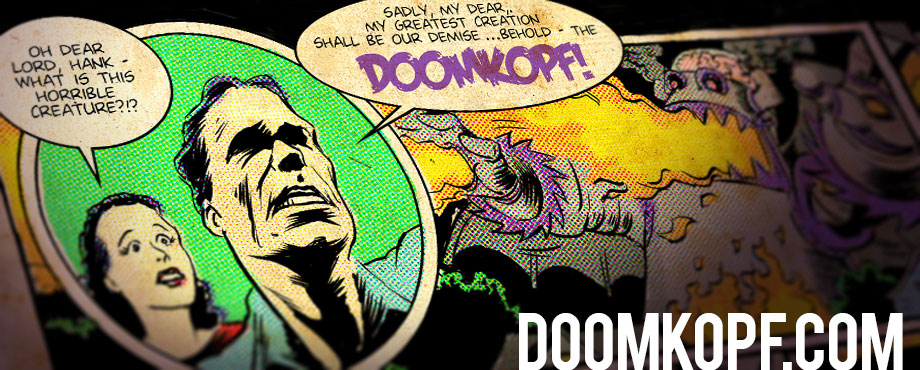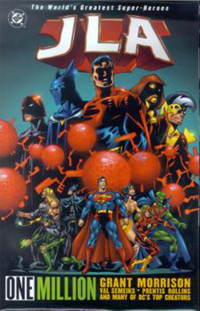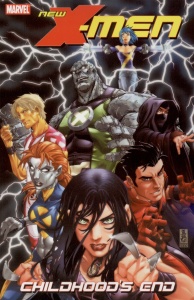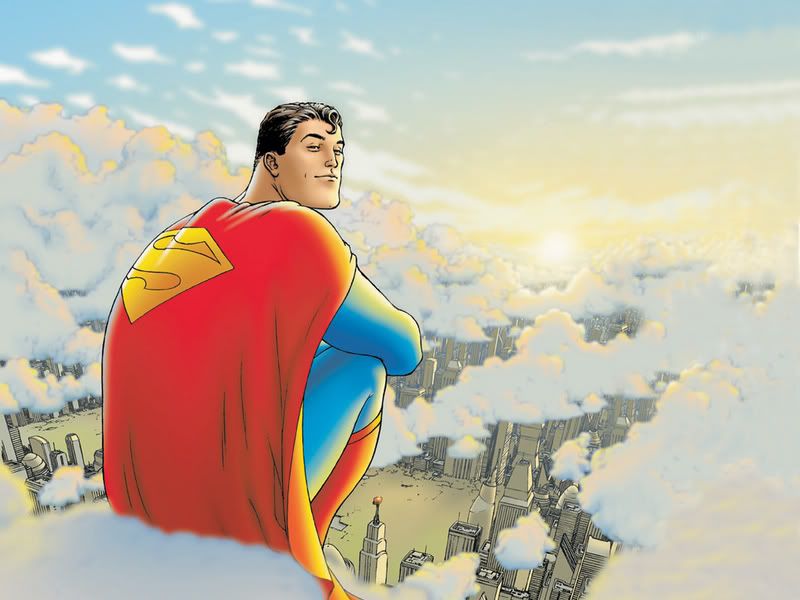Frank Miller’s Robocop
 story by Frank Miller; sequential adaptation by Steven Grant; art by Juan Jose Ryp
story by Frank Miller; sequential adaptation by Steven Grant; art by Juan Jose Ryp
Published by Avatar Press. Originally published as Robocop #1-9. Cover price $29.99.
Frank Miller is probably the biggest name in comics-to-film adaptations. Sin City and 300 were both big hits, and now Ronin is on its way. But way back in the 1980s, Frank Miller took on the writing duties on Robocop. Word is that the version that hit the screen was a far cry from what Miller originally penned, so this series set out to present the definitive version.
While not directly written by Frank Miller, this series was adapted from Frank Miller’s script for the Robocop film by Steven Grant. I’ve never seen the film, nor have I read Miller’s original script, so I have no idea what aspects of this book differ, what is taken from the film, and what was preserved from Miller’s original concept. What I do know is that Robocop (the comic) has all the traditional Frank Miller characteristics – gratuitous violence, caricatured media pundits, bloodthirsty governments, attempted political allegories, and even a lesson on the battle of Thermopylae.
I have to admit a bias going into the reading of this book: I wanted to like it. I was grateful that the good folks at Avatar Press sent a promo copy to review, and that soft, human part of me wants to reward people for their generosity and cooperation. So keep that in mind as you read this review.
(more…)







 By Larry Young (W), Charlie Adlard and Matt Smith (A)
By Larry Young (W), Charlie Adlard and Matt Smith (A)

